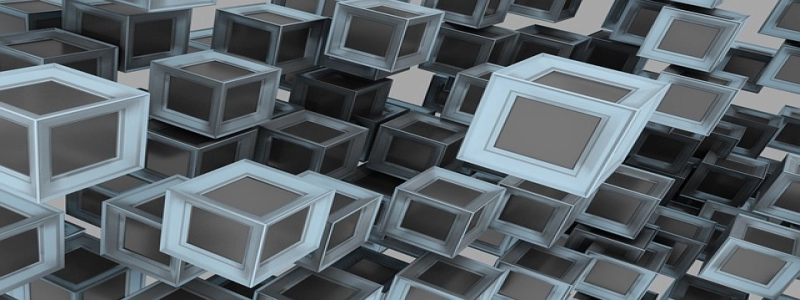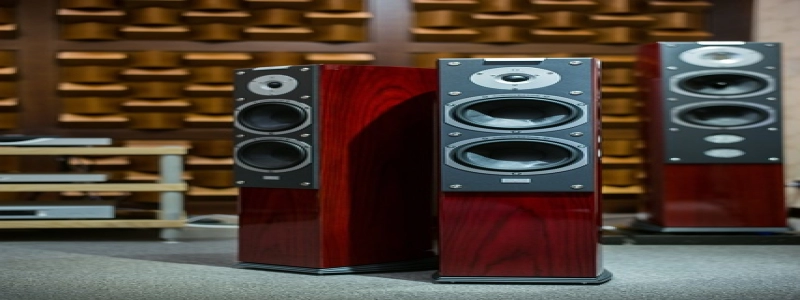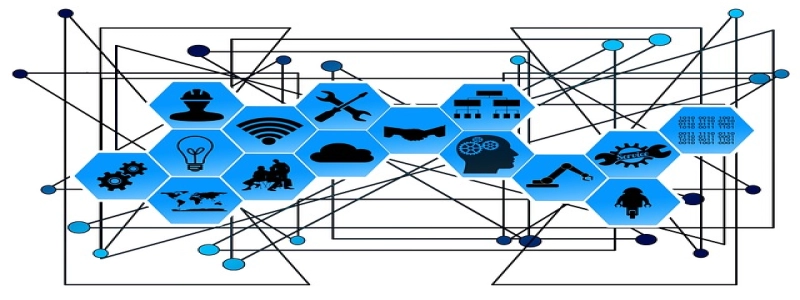Fiber Optic Cable Bend Radius
Introduction
In the world of telecommunications and data transmission, fiber optic cables play a critical role in connecting people and information. These cables are known for their high data carrying capacity and low signal loss. However, it is vital to ensure that they are installed and maintained correctly to maximize their performance and longevity. One factor that should be carefully considered is the bend radius of fiber optic cables. This article will discuss what bend radius is and why it is important in fiber optic cable installations.
1. What is Bend Radius?
Bend radius refers to the minimum radius at which a fiber optic cable can be bent without causing signal loss or physical damage to the cable. It measures the flexibility of the cable and determines its ability to transmit data effectively. The bend radius is typically expressed in terms of a ratio, such as 10:1, which indicates that the cable can be bent up to ten times its diameter without any adverse effects.
2. Importance of Bend Radius
Maintaining the proper bend radius is crucial for ensuring the long-term reliability and performance of fiber optic cables. Bending the cable beyond its recommended radius can lead to signal attenuation, which manifests as a decrease in signal strength over distance. It can result in slower data transmission speeds and even complete signal loss. Additionally, excessive bending can generate stress on the cable, causing microcracks or breaks that compromise its structural integrity.
3. Recommended Bend Radii
The recommended bend radii vary depending on the type of fiber optic cable. Generally, single-mode fiber cables have smaller bend radii compared to multimode cables. It is essential to consult the cable manufacturer’s specifications to determine the appropriate bend radius for a particular cable. As a general guideline, single-mode cables often require a bend radius of 10 times the cable’s diameter, while multimode cables may tolerate a bend radius of 20 times the diameter.
4. Techniques to Maintain Bend Radius
To ensure the correct bend radius is maintained during cable installation and maintenance, several techniques can be employed:
a. Gentle Curve Installation: Instead of sharp bends, cables should be installed in gentle curves, preventing excessive stress on the cable. This technique reduces the risk of signal attenuation and physical damage.
b. Cable Support: Using cable support systems, such as trays, racks, and hooks, helps prevent cables from being bent beyond their recommended radii. These supports distribute the weight of the cables evenly and minimize any excessive bending.
c. Slack Loops: Leaving slack loops in the cable during installation accommodates future changes or expansions without causing stress on the cable. It provides flexibility and prevents over-bending while ensuring ease of maintenance.
d. Correct Cable Routing: Proper cable routing involves avoiding sharp corners, tight spaces, and areas with potential mechanical stress. By planning the cable path carefully, the risk of accidental over-bending can be minimized.
Conclusion
Maintaining the appropriate bend radius is essential for the proper functioning and longevity of fiber optic cables. Adhering to the recommended bend radii, implementing gentle curve installation techniques, using cable support systems, and ensuring correct cable routing are all important steps. By following these guidelines, fiber optic cable installations can ensure optimal performance and minimize the risk of signal loss or physical damage.







